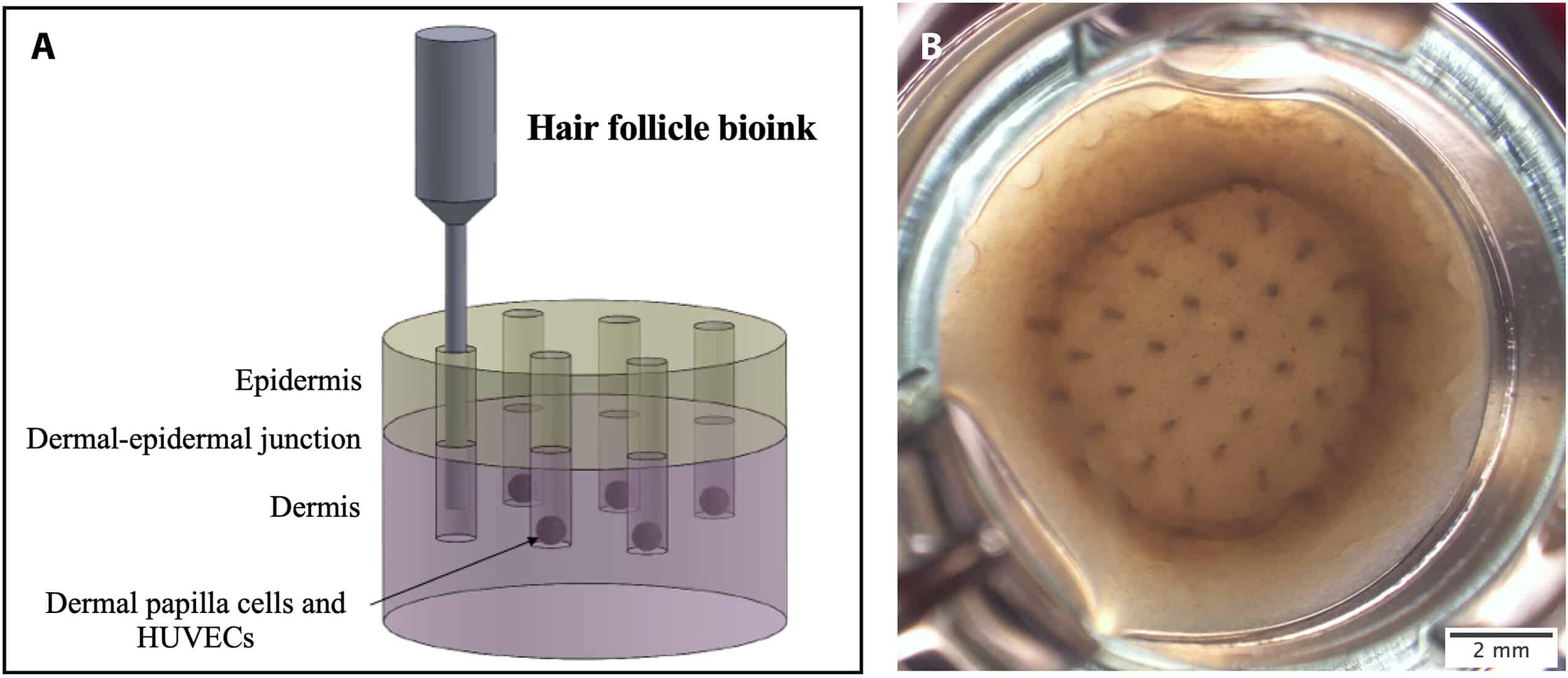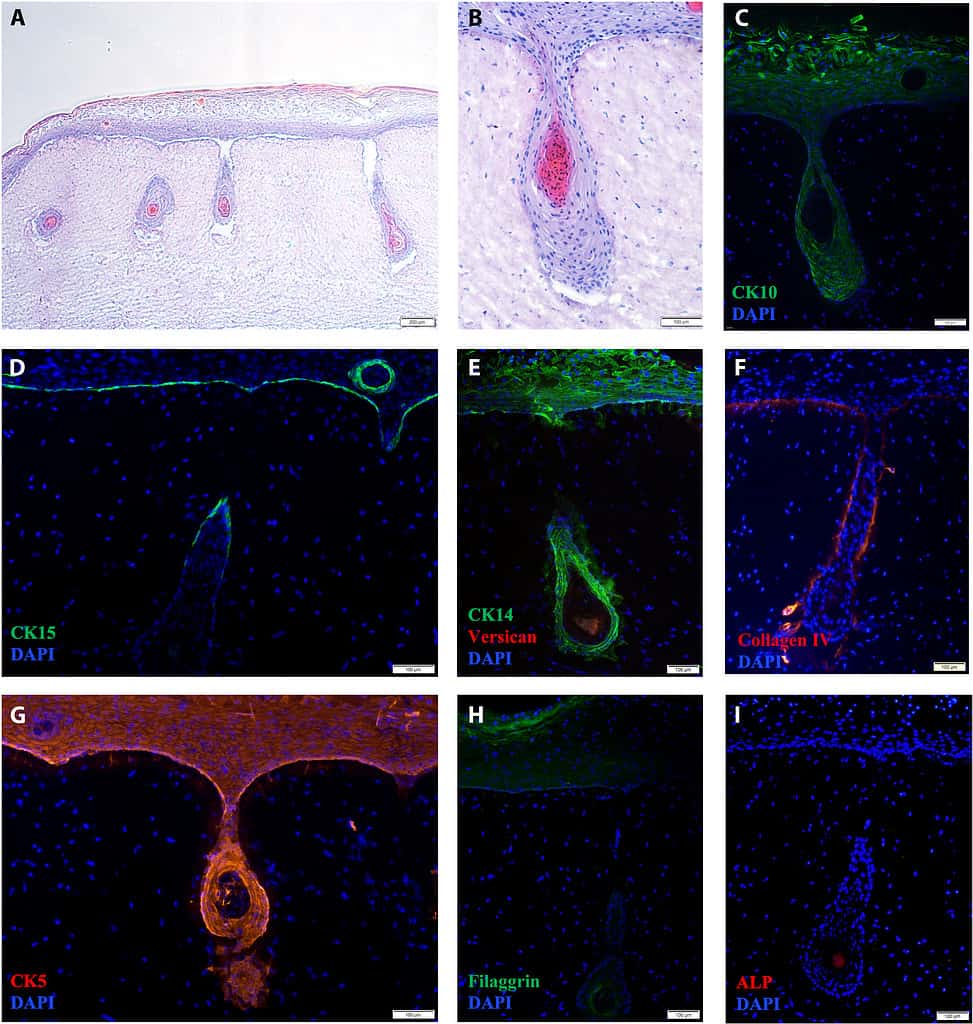
What’s the first thing that comes to mind when you think of hair? Most people probably think of hairstyle, color, and other things related to appearance. After all, hair is a significant part of many people’s visual identity, which explains why the hair care industry is so huge. But when biological engineer Pankaj Karande thinks of hair, he’s interested in very different things.
“Beyond what we usually think of when we think of hair, it is also in some ways a mini organ, which is extremely important for healing and maintaining skin health,” says Karande, an associate professor of chemical and biological engineering at the Rensselaer Polytechnic Institute in New York.
Recently, Karande and his team 3D printed hair follicles within lab-grown human skin tissue. It’s an unprecedented development that could transform many fields. Lab-grown skin can help us find treatments for diseases, heal wounds, spare animals from cosmetic testing, and perhaps even design “leather” that emulates the look and feel of real animal hides.
The promise of lab-grown skin
Although it looks rather simple on the surface, skin is perhaps one of the most difficult organs to engineer in the lab. It’s made of multiple types of cells over multiple layers of tissues. The shape of skin can be complex and with different mechanical properties from place to place. The skin on your back, for instance, behaves differently from that on your face or hands. There are nerve endings that help us interact with the world, relaying sensations of hot and cold, sharp and dull. Blood vessels permeate all layers of the skin, carrying nutrients and waste back and forth, as well as delivering critically essential immune cells when we’re injured.
Imagine recreating this complex jumble of biological features from scratch, starting from just some donor stem cells. It’s tough — but overcoming the huge challenges is worth it. Thousands of patients with 3rd-degree burns would benefit hugely from lab-grown skin for grafting. And there are also countless animals whose skin we use for drug and cosmetics testing to spare people skin from the potential side effects.
But to unlock the full potential of lab-grown skin, the engineering needs to mimic natural skin as closely as possible — hair follicles included.
Hair follicles play crucial roles in thermoregulation, sweat production, and skin healing, thanks to their stem cells. They also act as gateways for topical drugs and cosmetics.
For their new study, the Rensselaer researchers first cultivated skin and follicle cells, then used them with proteins to create a bio-ink for the printer. The printer meticulously constructed the skin, embedding channels for the hair cells, which then developed into follicle-like structures. While the current lifespan of these tissues (two to three weeks) limits full hair shaft growth, the team aims to extend this period, enhancing their use in drug testing and for skin grafts.

“Our work is a proof-of-concept that hair follicle structures can be created in a highly precise, reproducible way using 3D-bioprinting. This kind of automated process is needed to make future biomanufacturing of skin possible,” Karande, study lead author, said in a press release.
“The reconstruction of hair follicles using human-derived cells has historically been a challenge. Some studies have shown that if these cells are cultured in a three-dimensional environment, they can potentially originate new hair follicles or hair shafts, and our study builds on this work,” Karande said.
As this technology evolves, its potential impact on medicine and pharmacology is both immense and exhilarating.
The findings appeared in the journal Science Advances.


